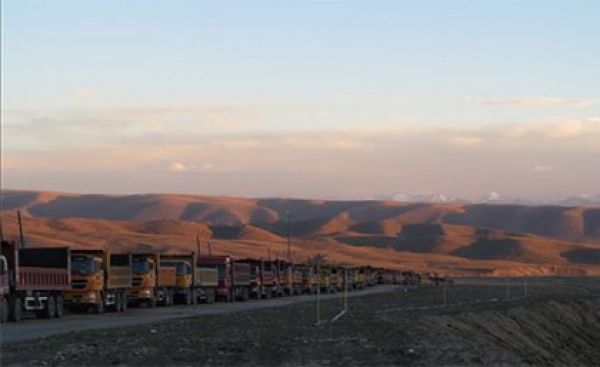The researchers have identified a new reference material and used a state-of-the-art instrument to better date rock formations in central Asia.
UQ’s Professor Jian-xin Zhao said the team started by analysing a silicate mineral known as garnet, which then helped understand the accumulation of precious minerals such as gold, copper, lead zinc, silver and uranium.
“Garnet, which looks a little like the seeds of a pomegranate, is a challenging mineral to date but very common in volcanic mineral systems,” Professor Zhao said.
“It forms when hot magma enters the subsurface of the Earth’s crust and it gives us clues about other magmatic formations in the same area.”
Continue reading at University of Queensland
Image via University of Queensland


